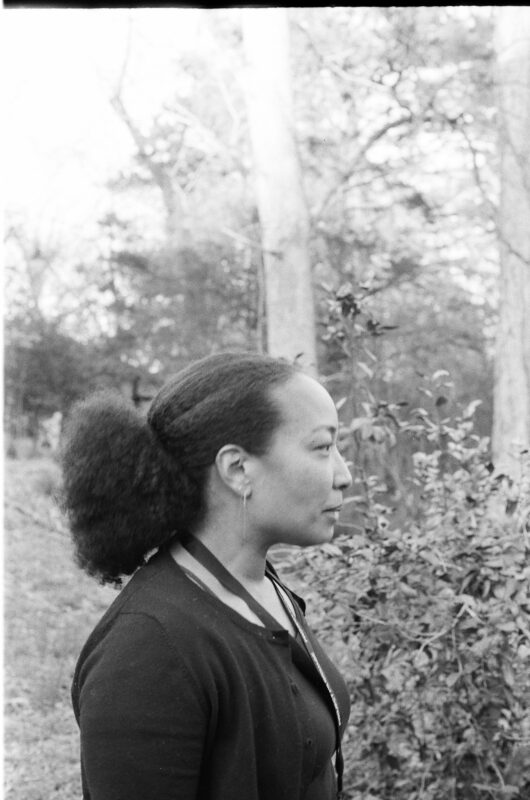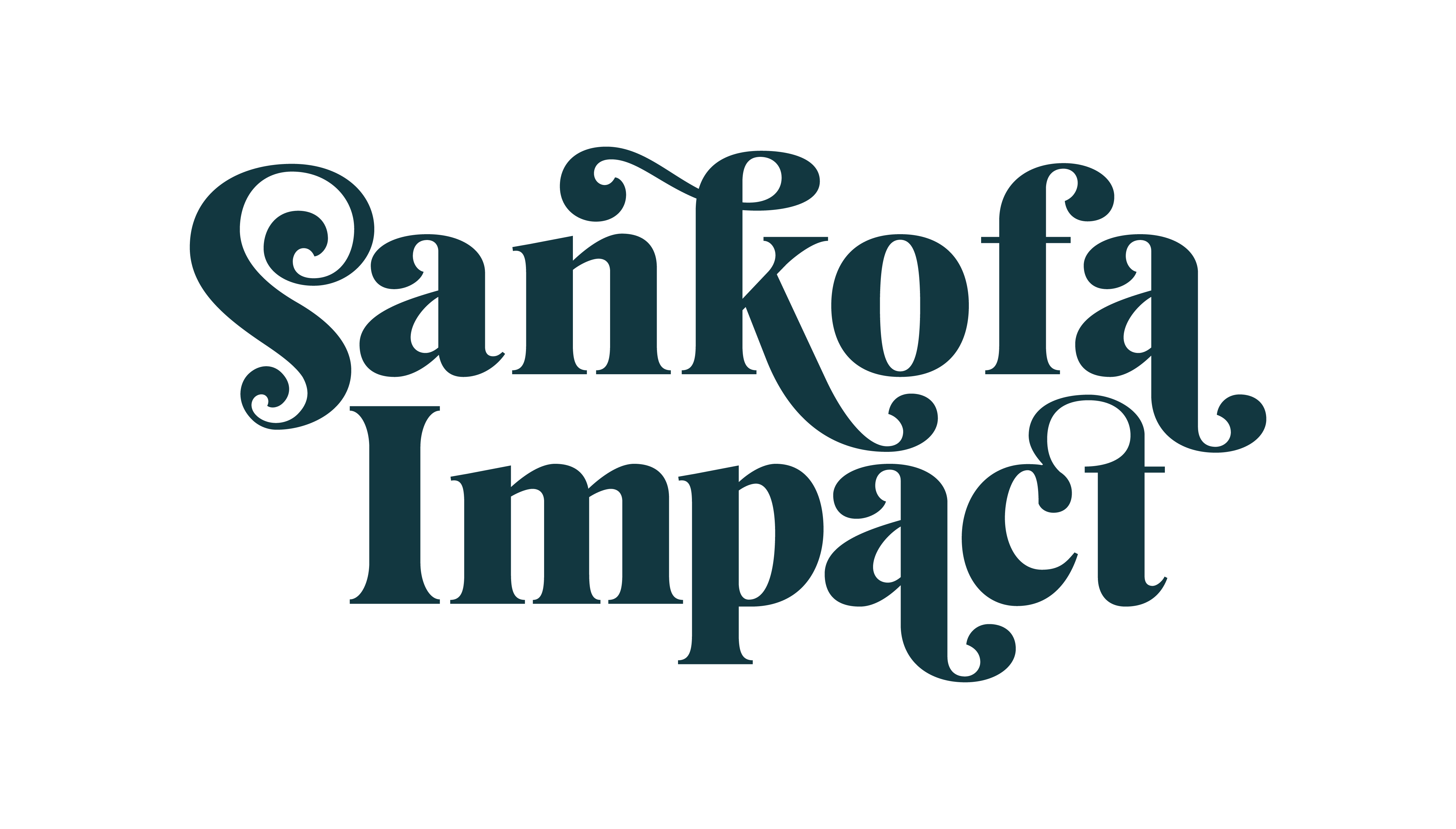Every racist act in this country has historical context. On our Spring 2020 Pilgrimage, we stood in a space where white supremacy led to the mass murder of Black people – people I didn’t know, who lived a lifetime before me, but were nonetheless, my people.
The 10 Black people who were shot and killed at Tops supermarket in Buffalo last Saturday were simply shopping for groceries. Their experiences, while taking place on the other side of the country, are no different from my own here in Seattle. In fact, occasionally, I find walking around in the grocery store to be meditation. A time to unwind after a busy day. Living my life, the way these people in Buffalo were living theirs.
Racial terrorism has taken many forms over the generations to keep Black people in line. Convict leasing, racial terror lynchings, and police brutality are all racist acts routinely sanctioned by the government and those in power. A reminder of the deep roots our nation has formed in a foundation of white supremacy.

The space in Spring 2020 was Prospect Hill Plantation in Lorman, Mississippi where hundreds of Black people were enslaved. In 1847, a fire broke out in the plantation’s ‘big house,’ and the blaze was attributed to a “slave uprising.” In response, 12 Black people suspected as responsible, were lynched on the property. To stand on this land in the middle of the Mississippi woods felt eery and tragically, familiar.
What took place at Prospect Hill Plantation is still happening 175 years later. The violence in Buffalo is the culmination of centuries of white supremacist terrorism and will not cease until we sustain our commitments against racism beyond a mere couple of seasons. Everyday activism means every single day.
My heart is with the Black people who were murdered in Buffalo – people I didn’t know, who lived 2,000 miles from me, but were nonetheless, my people.
